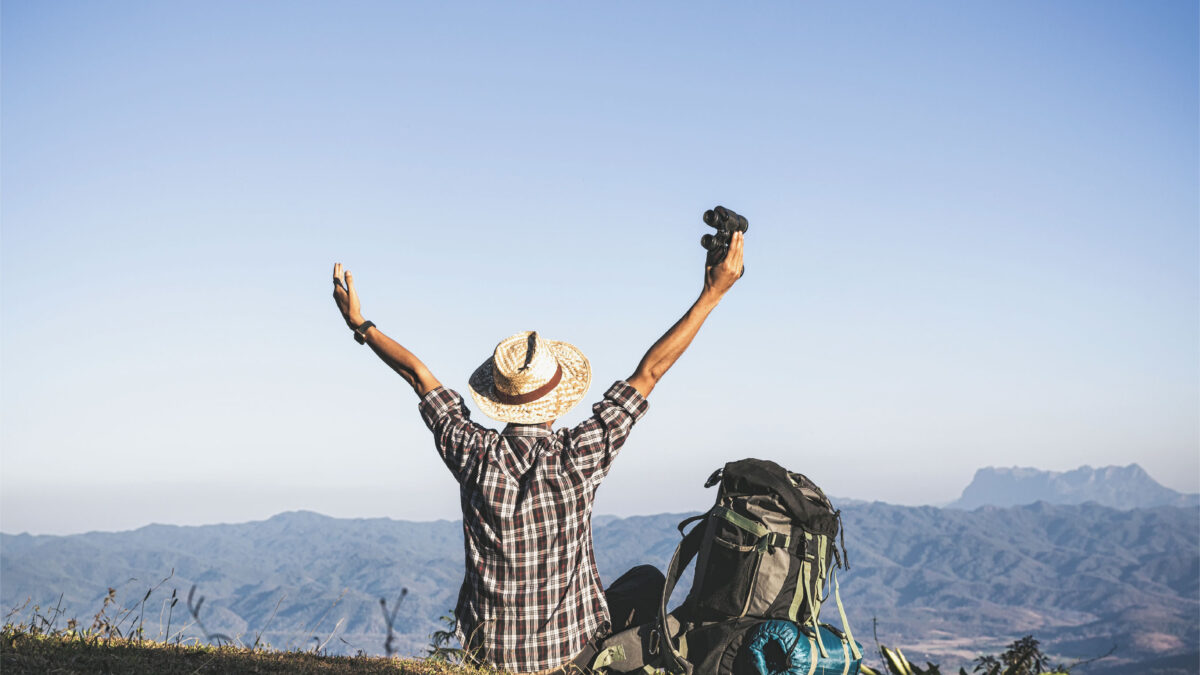
The Link Between Fast Food Restaurants & Diabetes
July 11, 2022
The Good, The Bad & The Ugly: Diabetes And Alcohol Consumption
July 11, 2022Diabetes certainly isn’t easy to live with and most patients have had to deal with a period of withdrawal from outdoor activities and sports after their diagnosis. Going outdoors on nature treks and camps becomes even more distant, as most patients worry about the risks of hypoglycaemia or hyperglycaemia outside of their home towns or cities, where emergency medical services may be inadequate. However, this isolation from the outdoors and the active lifestyle can actually be counterproductive because most people with diabetes who overcome the challenge and spend time outdoors find that it actually helps them to feel better and enjoy stable blood sugar levels.
The Impact Of Nature On Diabetes
Research from numerous studies shows that living in close proximity to nature and spending more time outdoors offers a variety of health benefits for all individuals, particularly those with diabetes. It can help to lower the risk of various diabetes complications including stress, high blood pressure, cardiovascular disease, and so on, also making it easier to manage blood sugar levels. Spending more time in natural surroundings with extensive green cover has also been shown to lower the risk of developing diabetes.
Unfortunately, recognizing the benefits of spending time outdoors doesn’t necessarily make it easier to start living the outdoor life. Instead, preparing for it can make things easier. Here’s a simple guide on how you can better manage your diabetes and live an outdoor lifestyle.
Tips To Enjoy Camping, Hiking & Outdoor Activities With Diabetes

Keep Others Informed
Keep people you know informed about your location, but more importantly, let the people you’re travelling with know about your diabetes. It would also be a good idea to wear a medical bracelet so that in case of any emergency, healthcare professionals know how to respond.
Keep Your Insulin Cold
Get a portable refrigerator to keep your insulin cold, especially if you’re travelling in months when it gets warm outside. You can also use gel pouches that retain cold and will help to keep insulin chilled for as long as 48 hours.
Get A CGM If Possible
A continuous glucose monitor (CGM) is the best thing you can buy as it gives you real time blood sugar readings throughout the day. This is empowering and gives you greater confidence, also allowing you to make adjustments as and when required. If a CGM is not an option, just make sure to test your sugar levels more frequently.
Stay Hydrated
Always carry enough water and oral rehydration solutions. Dehydration is bad, but it’s even worse when you have diabetes. Staying hydrated will also help with controlling your blood sugar.

Eat Smart
Avoid high carb and sugary meals, instead opting for high protein and fat. This will help to keep your energy levels high and it will lower the risk of blood sugar spikes and sudden fatigue.
Be Ready To Postpone Travel
Monitor weather conditions closely before you leave and be ready to delay your trip. Extreme temperatures are hard to cope with for most people, but they can be even harder on your body when you have diabetes.
Be Prepared
Always be prepared for anything, and most importantly that means for a diabetes emergency. Carry an extra insulin pump and sets of insulin pens, needles, manual glucose meter, and glucose strips. Don’t keep all of these supplies together, instead distribute them between different bags. This way in case of any mishap in which you lose a bag, you’ll still have enough supplies to get through.
Keep in mind that every individual’s experience of diabetes is unique and what works for one patient may not necessarily work for you. Before you make any drastic change to your lifestyle or set out on a hiking trip, make sure to check with your doctor.
References:
- https://www.sciencedirect.com/science/article/pii/S0013935118303323
- https://www.cdc.gov/diabetes/library/features/traveling-with-diabetes.html




